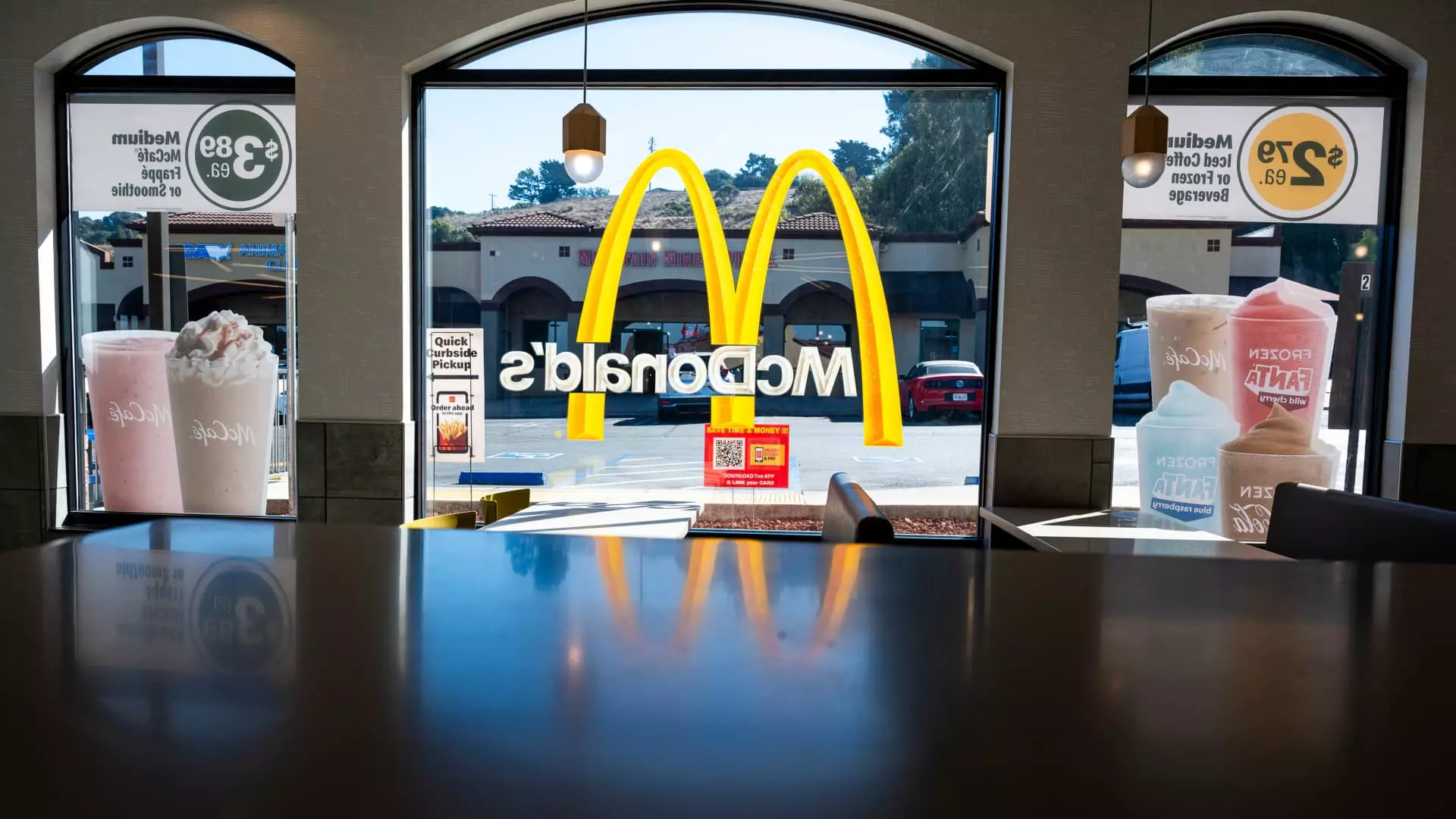The restaurant industry is on the cusp of a potential turnaround. After enduring a tumultuous 2024 marred by soaring bankruptcy filings and stagnating customer traffic, industry leaders are expressing cautious optimism for the year ahead. The statements from executives at recent industry conferences offer a glimpse into the permeating sentiment that a resurgence could be on the horizon, although challenges remain.
The restaurant sector has faced unprecedented hurdles in recent years, particularly as COVID-19 shifted consumer behavior and forced financial reckoning. In the past year alone, bankruptcy filings surged by over 50%, signifying a disturbing trend that kept many executives awake at night. This bleak picture was underscored by data from Black Box Intelligence, which demonstrated a year-over-year decline in traffic to established restaurants across each month of 2024. Major brands like McDonald’s and Starbucks have also felt the heat, grappling with disappointing same-store sales—a stark reminder of how fragile the recovery remains.
However, as grim statistics continue to dominate discussions, glimmers of hope have emerged amid the economic fog. Data has indicated modest improvements, particularly in the fast-food sector, where traffic rose by 2.8% in October compared to the previous year. These signs of resilience suggest that consumer appetite may be stabilizing, which could signal a turning point for the troubled industry.
Another critical factor adding to the tempered optimism is the recent decrease in interest rates. Following the Federal Reserve’s decision to cut rates for the second consecutive time in November, restaurant operators like Shake Shack’s CFO Katie Fogertey are eyeing the positive impact of more accessible credit. Lower rates can stimulate expansion efforts, and for fast-casual chains that are rebounding from pandemic hangovers, this newfound affordability could provide a much-needed financial boost.
Credit availability affects consumer psychology as well. More accessible financing can entice consumers to spend more at dining establishments, even if the direct connection to a specific menu item—like a $5 burger—feels tenuous. This psychological aspect is crucial in an industry where sentiment can determine spending habits and ultimately shape profit margins.
The landscape for restaurant IPOs is another area of cautious speculation. After the high-profile debut of Mediterranean chain Cava and its subsequent stock surge, industry experts believe other private restaurants are poised to explore the public markets. Damon Chandik, managing director at Piper Sandler, notes the current icy atmosphere surrounding IPOs but expresses optimism for the first half of 2025.
However, hesitation lingers. Panera Bread’s unresolved plans to go public highlight that hesitation from potential contenders remains a significant theme. Industry leaders seem to be weighing whether current market conditions, which many find intimidating, are conducive to public offerings. The excitement around possible IPOs like Inspire Brands—home to notable names such as Dunkin’ and Arby’s—demonstrates the market’s potential but is tempered by the pragmatic assessments of market experts.
Despite signs of recovery, it would be naive to overlook the underlying challenges. Executives like Michelle Hook from Portillo’s emphasize that headwinds are inevitable as they prepare for a still-volatile economic landscape. Competitive forces are intensifying, especially as larger chains like McDonald’s roll out value-driven strategies aimed at attracting budget-conscious consumers.
Beyond mere sales declines, there remains a looming risk of further bankruptcies, particularly for establishments heavily reliant on price cuts to maintain consumer interest. The specter of a prolonged consumer recovery remains a pressing concern, underscoring the potential for a slow and uneven path toward stability.
As we look towards 2025, it is essential for stakeholders within the restaurant industry to remain both optimistic and realistic. Indicators point to a recovering market, yet many factors—economic pressures, consumer behavior, and strategic responses—will delineate success from stagnation.
While 2025 holds promise, it will be crucial for restaurant executives to remain agile and responsive to the evolving landscape. Balancing hope with an awareness of the broader challenges will be paramount as they navigate their way toward recovery amid a landscape still rife with uncertainty.

